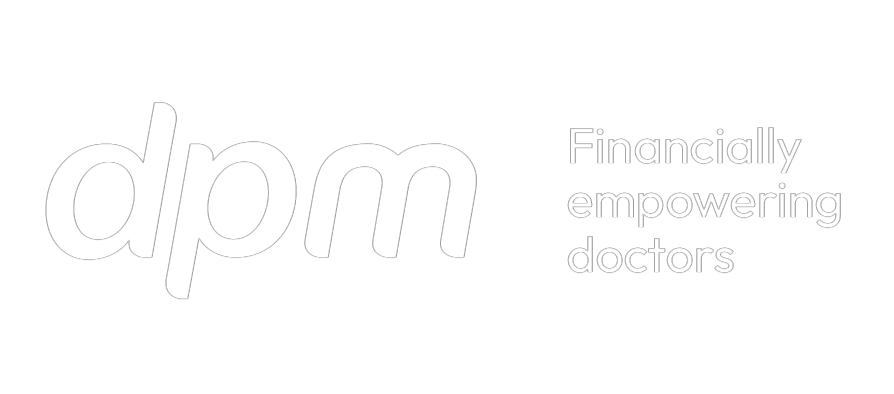Cardio vascular disease, which includes heart attack and stroke, is the single biggest cause of death and disability in Australia, affecting 3.7 million Australians and two in three families1. It’s estimated that a heart attack costs $25,000 in direct health costs and $281,000 all up including time off work and rehabilitation2. A stroke is estimated to cost $18,000 in direct health care and $100,000 in total2.
Looking through the statistics, disability not death is the most common outcome of CVD for Australians under age 65. Of the 45,392 deaths attributed to CVD in 2015, people under age 65 accounted for less than 10 per cent, according to the Heart Foundation.
For heart-attack sufferers aged between age 35 and 64, an average of 3.4 months is spent off work, costing sufferers billions of dollars in lost income3. While 80 per cent of sufferers return to work with a year, the remaining 20 per cent who don’t fully recover in that period typically retire prematurely3.
Stroke statistics are even more alarming. Over 1,000 Australians have a stroke each week of which 40 per cent die within a year and half of survivors become dependent on carers4. Stroke sufferers typically spend 7-8 weeks off work, often returning in a reduced capacity4. Centrelink reports that over 20,000 Australians currently receive a Disability Support Pension as a result of “acquired brain impairment” due to stroke4.
Given the rate of CVD and its potential to cripple a sufferer’s physical and financial health and that of their family, it’s critical that Australians have adequate insurances in place to help them to cover medical expenses, pay the bills and provide for their family in the event of a catastrophe.
Burying their head in the sand is not an effective strategy. Although most people think they’re invincible and CVD won’t touch them personally, the statistics tell a different story. Only a small number of Australian families will escape CVD unscathed and those it does affect are likely to see their ability to work, earn a living and maintain their standard of life severely impacted.
According to the Heart Foundation, the most common risk factors for CVD are high blood pressure, high cholesterol, smoking, obesity, poor diet and lack of regular exercise. Nine in ten adult Australians have at least one risk factor for CVD and a quarter have three or more5.
While it’s confronting and morbid for financial advisers to challenge clients to think about the risk of CVD and other diseases, an adviser can highlight the value and importance of insurance, explain the consequences of underinsurance and put comprehensive cover in place to help ensure that if a significant medical event occurs, they’ll be able to pay their bills and focus on their recovery instead of rushing back to work. Insurance also provides peace of mind for both policyholders and their dependents.
Comprehensive protection may include all or some of the cover types below:
- Death cover provides a lump sum payment to beneficiaries ensuring they have the financial resources to pay off the mortgage and maintain their standard of living
- Income protection provides regular monthly instalment payments to replace all or part of a person’s income if they become unable to work at full capacity as a result of a disease, condition, injury or illness
- Total and Permanent Disability provides a lump sum benefit in the event a person is unable to work again as a result of a disease, condition, injury or illness
- Trauma provides a lump sum benefit in the event of heart attack or stroke (and over 40 other medical conditions)
*The information contained in this site is general and is not intended to serve as advice. DPM recommends you obtain advice concerning specific matters before making a decision.





